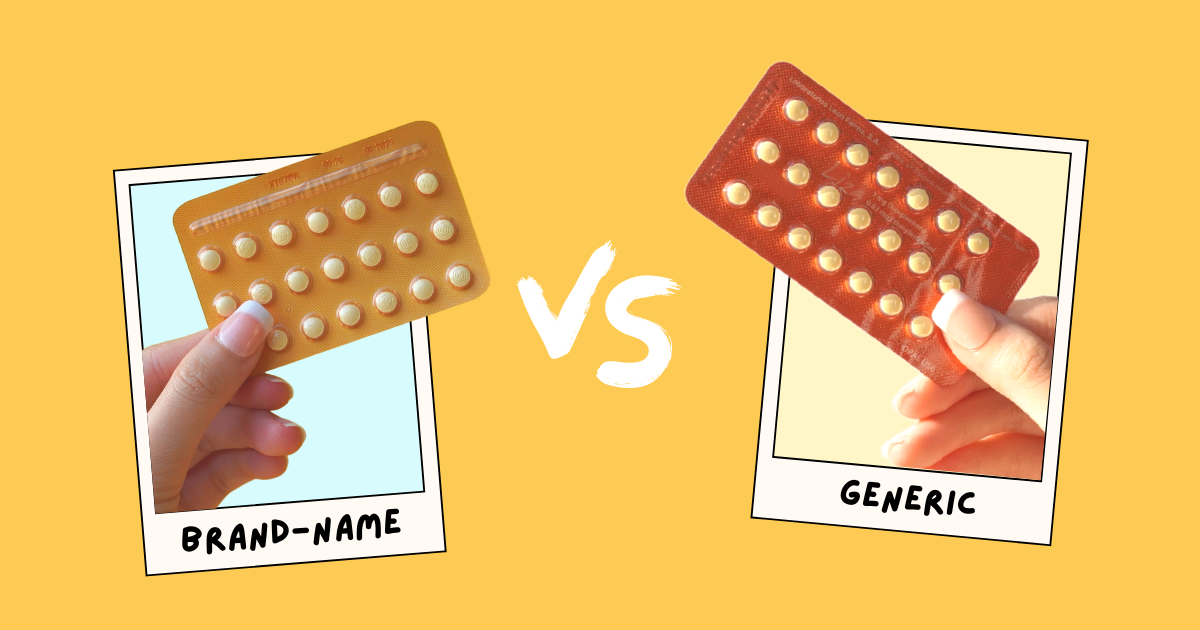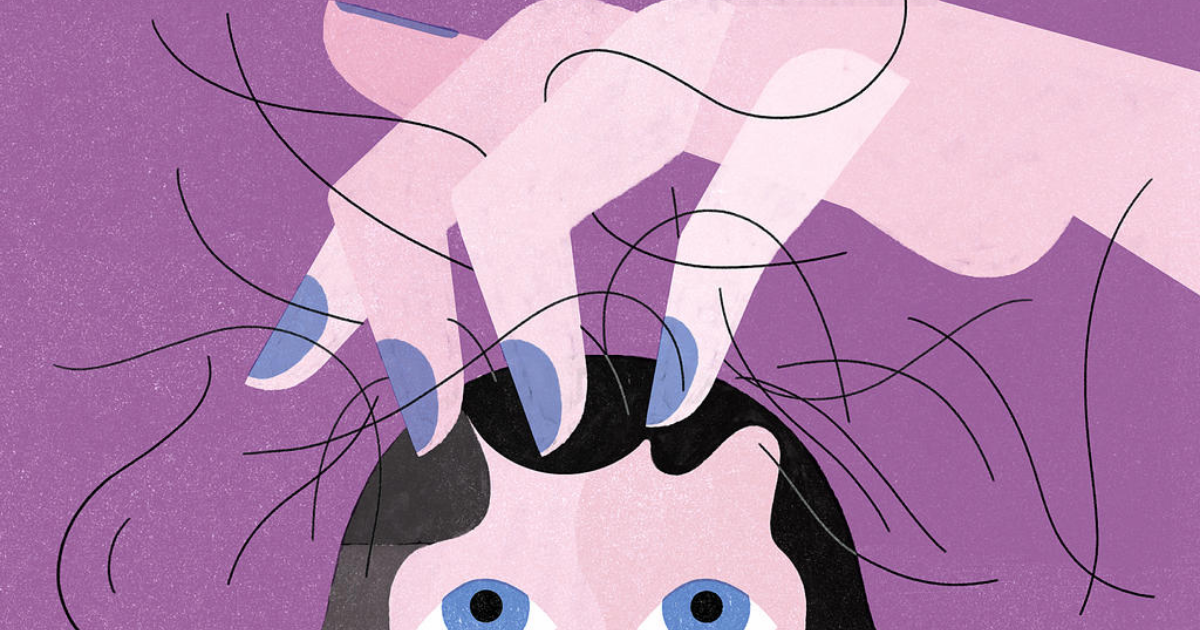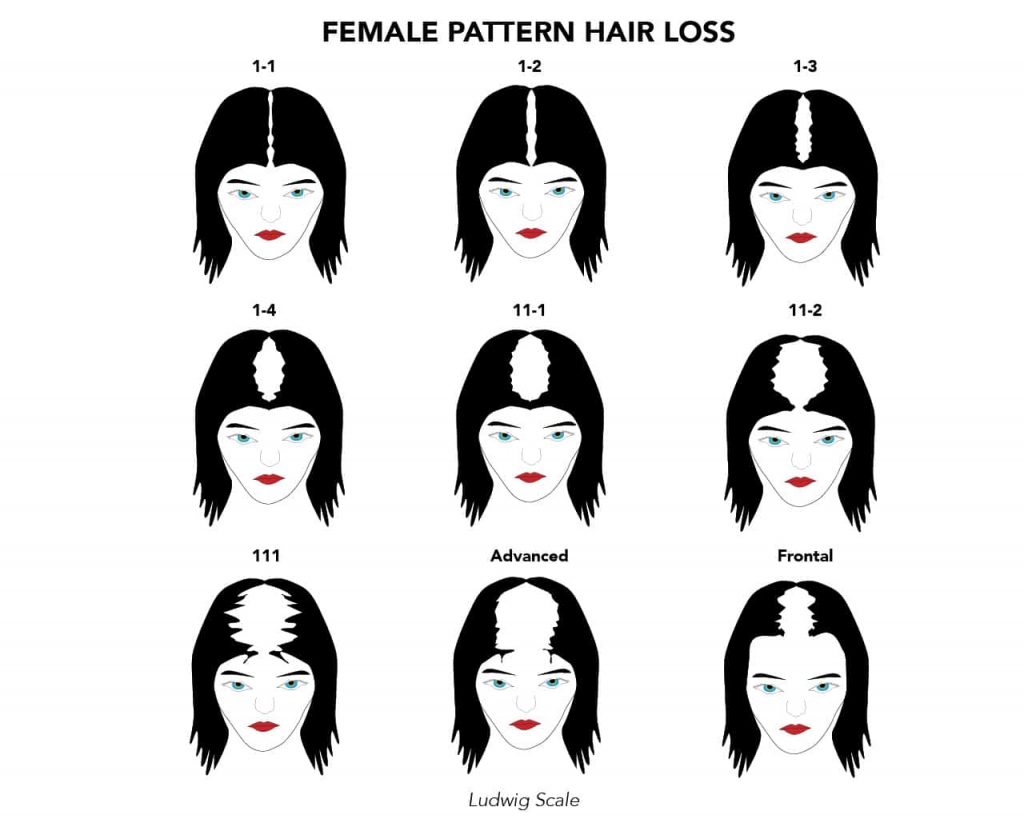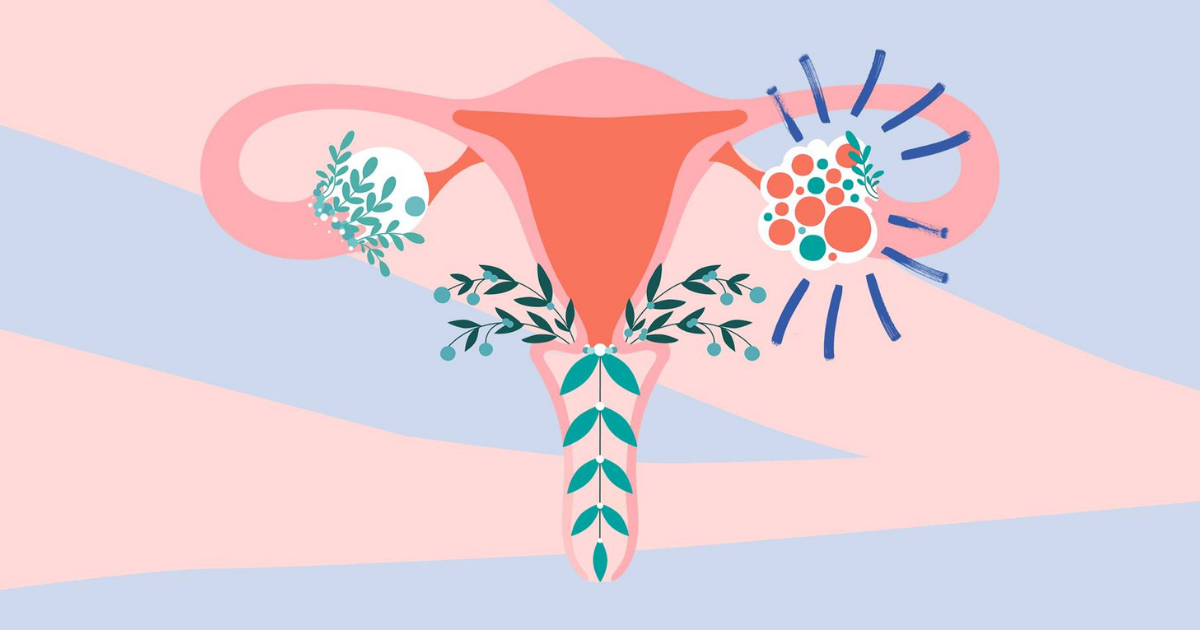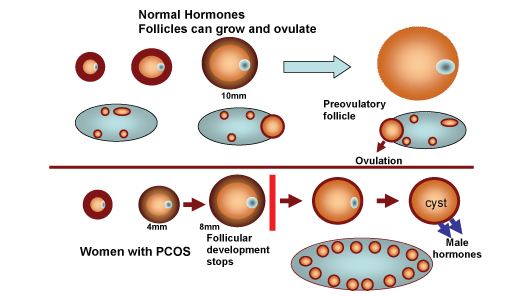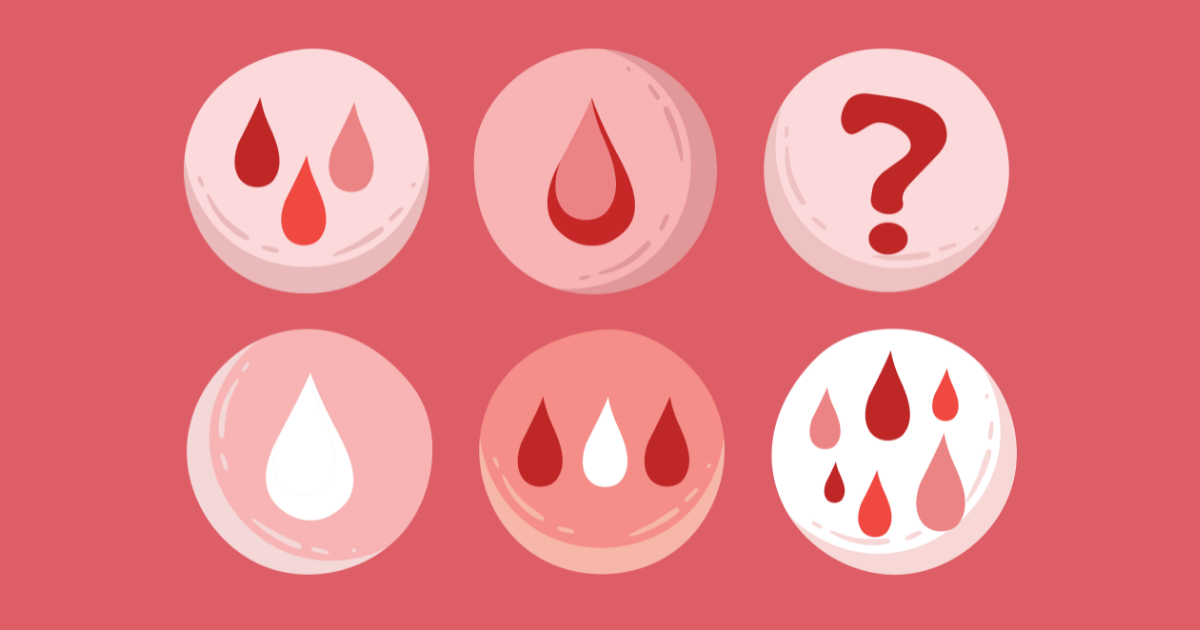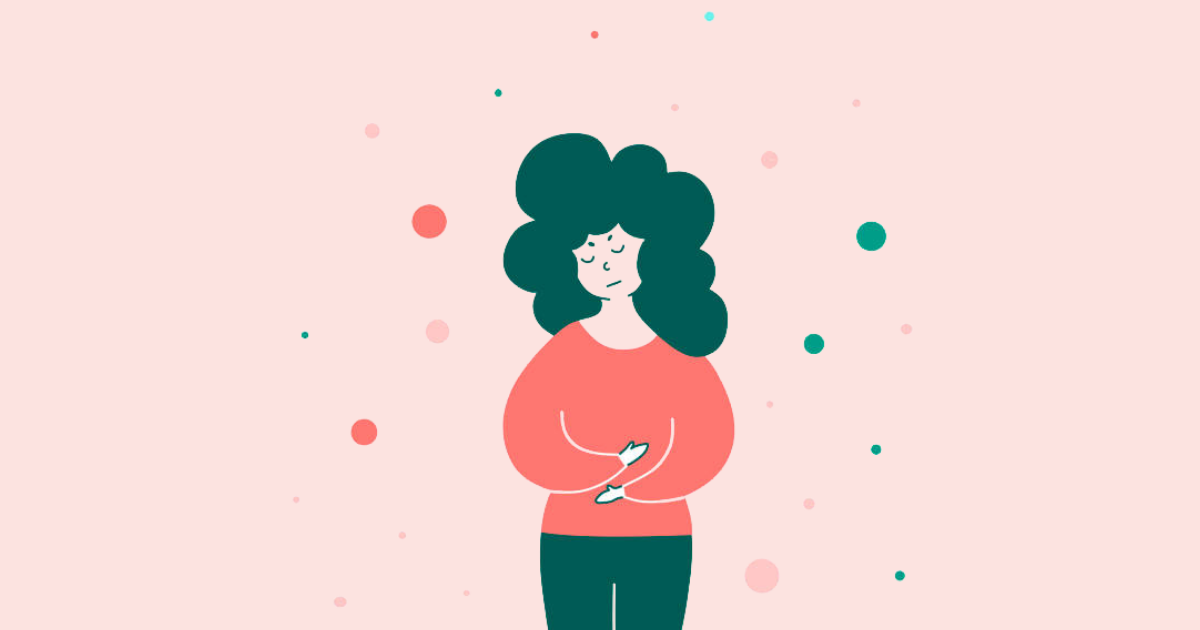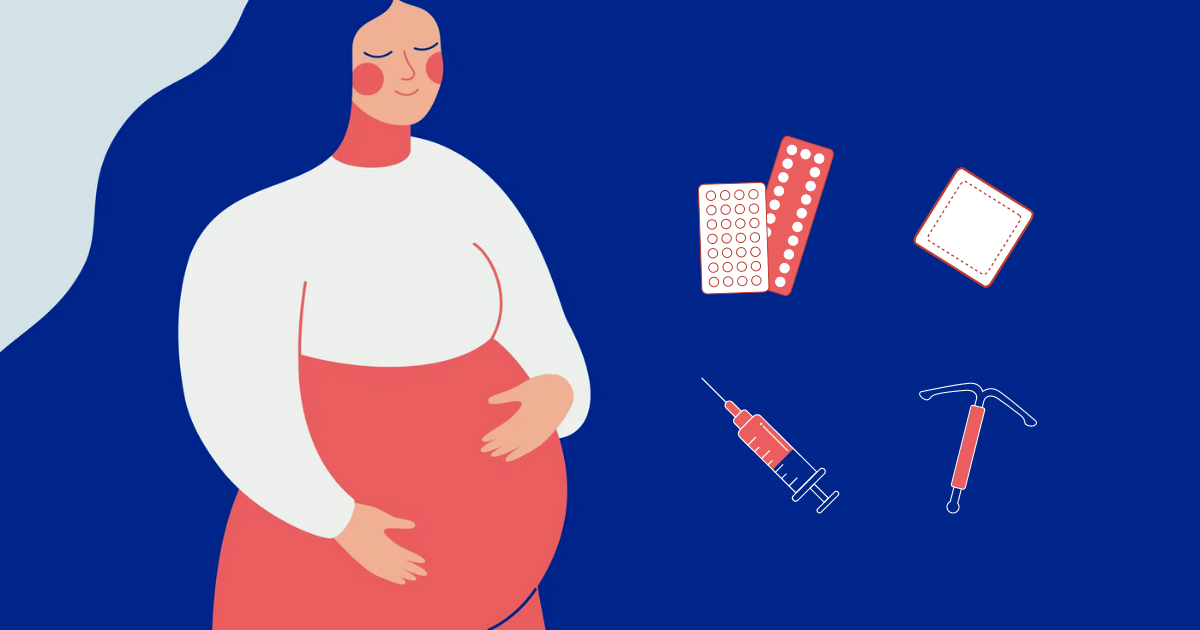This article is contributed by our partner, Noorindah from Shy & Curious.
Constant communication is an important part of all relationships — and that includes talking about sex.
What We Talk About When We Talk About Sex
Sex talks aren’t just about pleasure. Other topics about sex can include:
- sexual health
- family planning and contraception
- what you and your partner like and how to deal with differences
- consent and boundaries
Having these conversations help lay the groundwork for a better relationship as you learn about each other and try new things together, all while being on the same page.
It’s also worth getting past the awkwardness to talk about health, especially sexually transmitted infections (STIs) and birth control. Avoiding these important conversations might be endangering your health and altering the future you’d hoped for.
How To Start The Conversation
Here are some common difficult conversations related to sex and sexual health with some ideas on conversation starters. As always, speak in a neutral setting and time (e.g. outside the bedroom/NOT during sexy times) as you want both parties to be calm and feel safe since these conversations can be emotionally charged.
1. How do I bring up STI testing with a new sexual partner?
Desired Outcome: You want to be sexy but still stay safe when it comes to a new partner. You want to know if they’ve been recently tested and practice safe sex.
Conversation Starter: “Just to make sure we’re on the same page, I’m sexually active and my last STI test was X. How about you?”
When it comes to discussing sexual health, keep it short, simple and direct. Lead with your own information first so they’ll feel less self-conscious about volunteering theirs.
2. How do I talk about birth control with my partner?
Desired Outcome: You’re thinking of getting intimate in bed with your partner and would like to find a birth control method(s) that best suits both of you.
Conversation Starter: “I think it’s great that we’re taking the next step in our relationship and it helps me feel closer to you. I do want to talk to you about sharing the costs for birth control together since I’m not ready to have a child yet. I definitely prefer the peace of mind with birth control instead of hoping we get lucky with the pull-out method.”
Birth control is a shared (and big) responsibility for everyone involved. Whether it’s pregnancy, STIs or how you feel while on different birth control methods, you and your partner share the experience. So why not make sure the end result is what you both wanted and expected by having the birth control talk before hitting the sheets?
When it comes to birth control, you’ve got options and even better, there are no bad options! At Siena, speak to a sex-positive and judgement-free doctor via tele-consultation about your options and get a personalized prescription that will work best for you and your health needs.
3. How do I bring up emergency contraception with my partner?
Desired Outcome: You’ve had unprotected sex in the past 72 hours and suspect that there might be a probability of getting pregnant. You want to let your partner know of your situation and purchase emergency contraception together.
Conversation Starter: “I don’t mean to alarm you but I think that the condom broke during our last session together. I want to be on the safe side and get the morning-after pill. Will you accompany me to get it?”
Don’t worry, it happens to the best of us! Whether it’s an accident or the heat of the moment, emergency contraception exists exactly for that reason. While it’s perfectly reasonable to ask for your partner’s emotional support (and split the cost as well as it takes two to tango!), there’s also a much easier way of getting your emergency contraception without having to head down to the clinic. Telemedicine platforms like Siena provide a range of emergency contraception at transparent and affordable pricing, and literally couriered to your doorstep incognito! While it might be called the morning-after pill, Siena also offers an emergency contraception pill that can be taken up to 120 hours after unprotected sex. That’s a 5 days window to quell the panic – but obviously don’t use this as an excuse to treat emergency contraception as a form of birth control.
4. How do I introduce the idea of using sex toys with my partner?
Desired Outcome: You don’t want to replace your partner but you’re interested in exploring using sex toys together so you can both enjoy different sensations and experiences.
Conversation Starter: “So I’ve been reading about all these cool toys for the bedroom and I’m quite intrigued. Are you open to exploring these sex toys together with me? I think it’ll be fun to try something new and I’ll love to have that experience with you… ”
For some, the idea of sex toys and pleasure accessories may seem quite foreign or seen as ‘dirty’ because as a conservative Asian society, we’ve been conditioned to view sex as purely procreational. Pleasure hasn’t been placed in the forefront of conversations around sex so talking about owning, receiving and giving pleasure is still seen as taboo or weird.
The stigma around sex toys is also exacerbated by the misconception that a partner’s worth is also determined by how much they can give pleasure to their partner through just their genitals alone. (A.k.a if you have to use a toy in the bedroom, it means that you’re not sexually satisfied by your partner.) So when it comes (pun intended) to trying out sex toys to a partner who might be new to this world, we suggest emphasizing that it’s all about the shared experience, and mutually giving and receiving different types of pleasure as a fun way to strengthen your bonds.
5. How do I bring up my kink/fetish with my partner?
Desired Outcome: You are ready to share with your partner a sexual kink that you would like to experience with them.
Conversation Starter: “I really love being with you and how much sexual chemistry we have. There’s been something I’ve wanted to share with you but since I felt quite vulnerable about it, I wanted to wait till we were closer. I’m actually quite turned on by BDSM and have wanted to explore it with someone I trust. Is this something you’ll be keen to explore with me? It’s ok to let me know if you’re not comfortable with the idea either. ”
Similar to our notes on introducing sex toys, be prepared that your partner might not initially know how to react if they’re not used to speaking openly about their sexual fantasies and pleasure preferences. Keep the dialogue open-ended and emphasize that while it might be your personal kink, they’re free to say a hard ‘No’ or that they can try it first but set up boundaries that they’re comfortable with. Remember that consent isn’t set in stone. While they may be open to trying it at first, they have the right to retract consent during play or afterwards if they’re uncomfortable and you should respect that decision.
6. How do I give constructive feedback about sex with my partner?
Desired Outcome: Everything’s great except for that one thing in the bedroom! You want to speak to them after sex about how it can be better.
Conversation Starter: “That was amazing! I really liked it when you did X. I wasn’t a fan when Y was happening but it felt really good when you switched it to X. ”
It’s often been called the ‘shit sandwich’ when it comes to delivering constructive feedback and it works even for sex! You’ll want to start by complimenting what you did enjoy during sex, then mentioning how it didn’t feel as good when they did the other act instead. Avoid accusatory negative comments like “You were pulling too hard” and rephrase it to focus on the act and how it felt (e.g. “It can get painful and intense when there’s a strong grip. I like it best when you focus on this part instead.”)
7. How do I tell my partner that this is my boundary?
Desired Outcome: You gave consent previously but it’s now making you feel uncomfortable to engage further. You would like to stop and set a boundary to prevent it from happening again.
Conversation Starter: “Can I speak to you about something important? I feel uncomfortable when X happens/you do Y. I know I’d initially said that I’ll like to give it a try but now I realize it’s not right for me. This is my boundary and I hope you respect that.”
For more tips on having the Talk® with your partner, do read the full article here.
Conclusion
We hope these scripts have given you some ideas on how to navigate those difficult conversations with your sexual partner. Keep it short, simple and direct. Don’t feel guilty or the need to apologize for putting up a boundary. You also shouldn’t feel the need to explain why it makes you uncomfortable – it’s a line you’ve drawn up and the only expectation on their end is to respect it.
About Noorindah Iskandar
Noorindah is the founder and writer behind Shy & Curious – an online platform that explores sex and love without the fear of having to hide your Google search history! With honesty and humour, she writes articles and essays about sex, relationships and intimacy through personal stories and informed insights.

